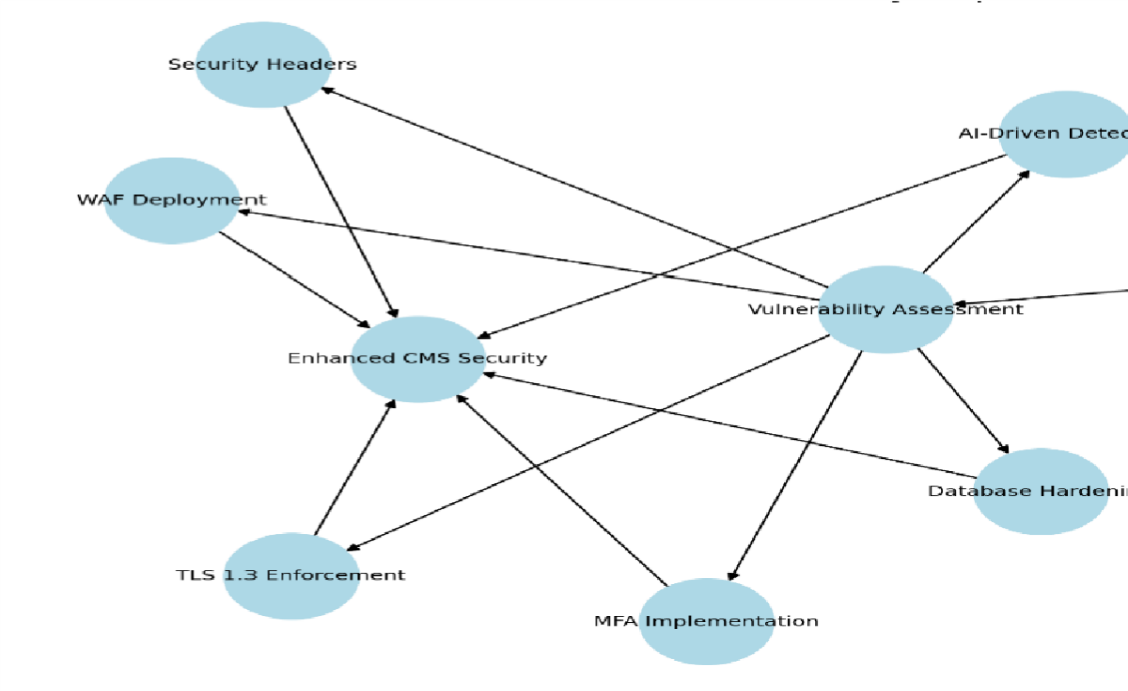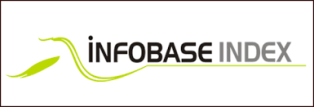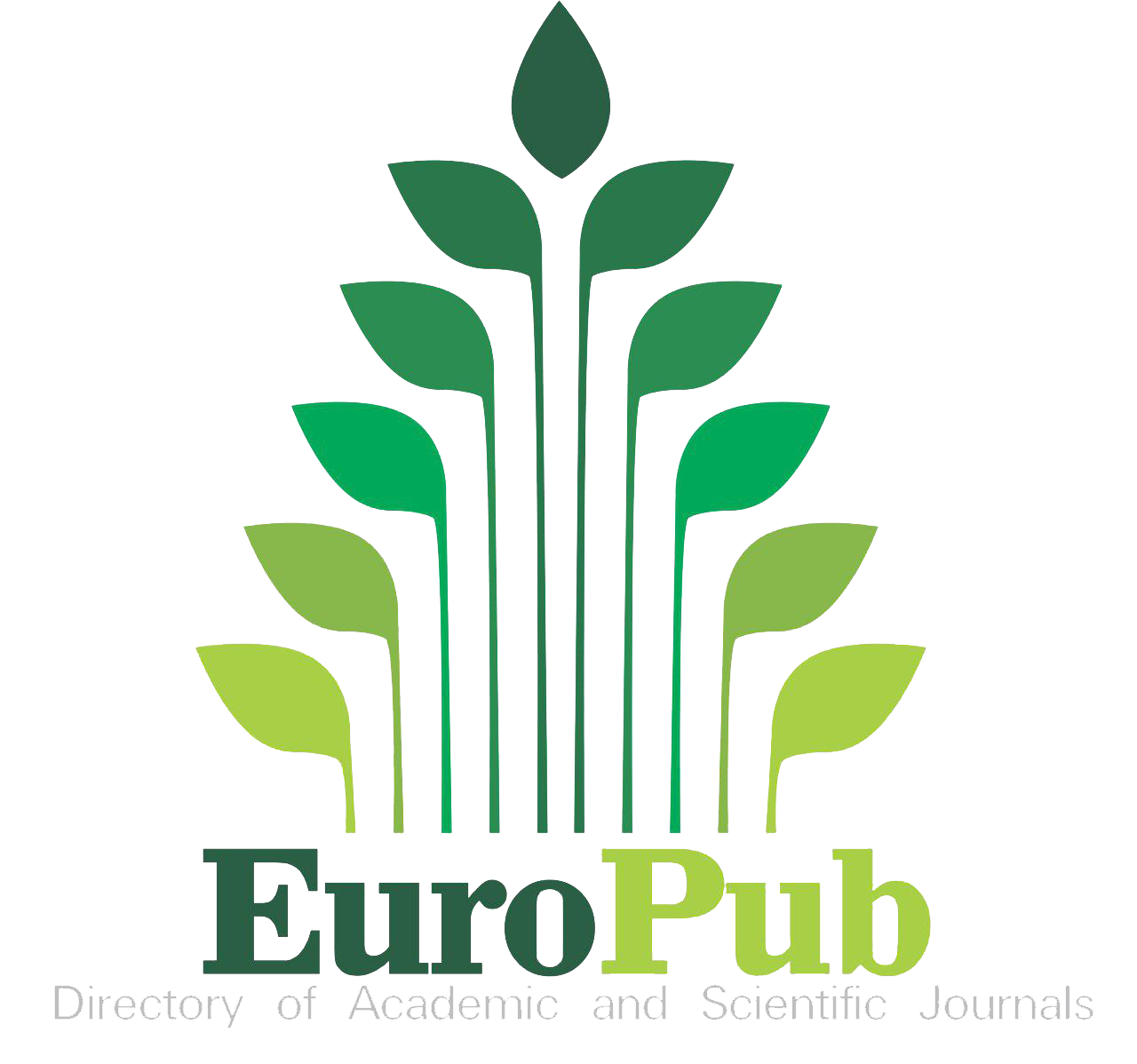Analysis of Web Application Security: Integrating WAF and SSL/TLS for Enhanced CMS Protection
Keywords:
WordPress Security, CMS Security, Brute Force Attack, SQL Injection, Cross-Site Scripting (XSS), DDoS Attacks, Two-Factor Authentication (2FA), Firewall Protection, Intrusion Detection Systems (IDS), Security Plugins, Content Delivery Networks (CDN), Secure HTTP HeadersAbstract
Content Management Systems (CMS) such as WordPress, Joomla, and Drupal power a significant portion of the web, making them prime targets for cyber threats, including TLS downgrade attacks, SQL injection (SQLi), cross-site scripting (XSS), and brute force attempts. Traditional security mechanisms often fail to mitigate these sophisticated attacks, leading to data breaches and unauthorized access. This research implements a multi-layered security framework integrating Web Application Firewalls (WAFs), TLS 1.3 enforcement, AI-driven vulnerability detection, and enhanced security headers on a WordPress test environment. Security audits using OWASP ZAP, Nessus, and Burp Suite validated the effectiveness of each component. Results demonstrate an 80% reduction in brute force attacks, a 93% decrease in SQL injection attempts, and a 100% elimination of XSS vulnerabilities. The implementation of WAF filtering, real-time monitoring, and strict access controls significantly reduced the attack surface. This study provides a scalable, adaptive security model capable of evolving with emerging cybersecurity challenges, offering a vital contribution to web application security.
References
“Usage Statistics and Market Share of Content Management Systems, November 2025.” Accessed: Nov. 12, 2025. [Online]. Available: https://w3techs.com/technologies/overview/content_management
M. Meike, J. Sametinger, and A. Wiesauer, “Security in Open Source Web Content Management Systems,” IEEE Secur. Priv., vol. 7, no. 4, pp. 44–51, 2009, doi: 10.1109/MSP.2009.104.
OWASP Foundation, “OWASP Top Ten Security Risks,” OWASP. Accessed: Oct. 13, 2025. [Online]. Available: https://owasp.org/www-project-top-ten/
I. Hydara, A. B. M. Sultan, H. Zulzalil, and N. Admodisastro, “Current state of research on cross-site scripting (XSS) – A systematic literature review,” Inf. Softw. Technol., vol. 58, pp. 170–186, 2015, doi: https://doi.org/10.1016/j.infsof.2014.07.010.
P. C. Abner Mendoza, “Uncovering HTTP Header Inconsistencies and the Impact on Desktop/Mobile Websites,” Web Conf. 2018 - Proc. World Wide Web Conf. WWW 2018, pp. 247–256, 2018, doi: https://doi.org/10.1145/3178876.3186091.
D. A. Zakir Durumeric, “A Search Engine Backed by Internet-Wide Scanning,” Proc. ACM Conf. Comput. Commun. Secur., pp. 542–553, 2015, doi: https://doi.org/10.1145/2810103.2813703.
“Free Online Virus Scan & Removal Tool | ESET.” Accessed: Nov. 12, 2025. [Online]. Available: https://www.eset.com/us/home/online-scanner/?srsltid=AfmBOoosY2lREWeSqKdP_kBJMCsVKRzPkVL-a1BNGqtYWcMjkv_Pcvvb
D. Mairaj Inamdar and S. Gupta, “A Survey on Web Application Security,” Int. J. Sci. Res. Comput. Sci. Eng. Inf. Technol., pp. 223–228, Oct. 2020, doi: 10.32628/CSEIT206543.
A. E. Venkata Bhardwaj Komaragiri, “AI-Driven Vulnerability Management and Automated Threat Mitigation,” Int. J. Sci. Res. Manag., vol. 10, no. 10, pp. 980–998, 2022, doi: 10.18535/ijsrm/v10i10.ec05.
N. Antunes and M. Vieira, “Assessing and Comparing Vulnerability Detection Tools for Web Services: Benchmarking Approach and Examples,” IEEE Trans. Serv. Comput., vol. 8, no. 2, pp. 269–283, Mar. 2015, doi: 10.1109/TSC.2014.2310221.
E. Rescorla, “The Transport Layer Security (TLS) Protocol Version 1.3,” RFC 8446, Aug. 2018, doi: 10.17487/RFC8446.
J. Hodges, C. Jackson, and A. Barth, “HTTP Strict Transport Security (HSTS),” RFC 6797, Nov. 2012, doi: 10.17487/RFC6797.
“Top 20 Most Common Types Of Cyber Attacks | Fortinet.” Accessed: Nov. 12, 2025. [Online]. Available: https://www.fortinet.com/resources/cyberglossary/types-of-cyber-attacks
Cloudflare, “DDoS Protection & WAF Solutions,” Radware. Accessed: Oct. 13, 2025. [Online]. Available: https://www.radware.com/cyberpedia/application-security/why-waf-and-ddos-a-perfect-prearranged-marriage/
S. Kitterman, “Sender Policy Framework (SPF) for Authorizing Use of Domains in Email, Version 1,” RFC 7208, Apr. 2014, doi: 10.17487/RFC7208.
E. M. Kucherawy and E. E. Zwicky, “Domain-based Message Authentication, Reporting, and Conformance (DMARC),” RFC 7489, Mar. 2015, doi: 10.17487/RFC7489.
A. L. Buczak and E. Guven, “A Survey of Data Mining and Machine Learning Methods for Cyber Security Intrusion Detection,” IEEE Commun. Surv. Tutorials, vol. 18, no. 2, pp. 1153–1176, 2016, doi: 10.1109/COMST.2015.2494502.
S. T. Kavitha Dhanushkodi, “AI Enabled Threat Detection: Leveraging Artificial Intelligence for Advanced Security and Cyber Threat Mitigation,” IEEE Access, vol. 12, pp. 173127–173136, 2024, doi: 10.1109/ACCESS.2024.3493957.
“10 trends shaping application security.” Accessed: Nov. 12, 2025. [Online]. Available: https://nortal.com/insights/10-trends-shaping-application-security
“Top 15 email security best practices for 2025 | TechTarget.” Accessed: Nov. 12, 2025. [Online]. Available: https://www.techtarget.com/searchsecurity/tip/2019s-top-email-security-best-practices-for-employees
“Enhance email authentication and deliverability with Amazon SES and Valimail | AWS Messaging Blog.” Accessed: Nov. 12, 2025. [Online]. Available: https://aws.amazon.com/blogs/messaging-and-targeting/enhance-email-authentication-and-deliverability-with-amazon-ses-and-valimail/
“What is email spoofing? | How it works & prevention | Cloudflare.” Accessed: Nov. 12, 2025. [Online]. Available: https://www.cloudflare.com/en-gb/learning/email-security/what-is-email-spoofing/
“Hardening WordPress – Advanced Administration Handbook | Developer.WordPress.org.” Accessed: Nov. 12, 2025. [Online]. Available: https://developer.wordpress.org/advanced-administration/security/hardening/

Downloads
Published
How to Cite
Issue
Section
License
Copyright (c) 2025 50sea

This work is licensed under a Creative Commons Attribution 4.0 International License.




















